Classic Shades Painting
Great looking, long-lasting paint job. Guaranteed !℠
Do You Have A Painting Project We Can Help With?
Steps for Paint Surface Preparation
People tend to put a lot of emphasis on paint finishes. Of course, the importance of a new and sparkling paint film of a well chosen color can’t be over stated. After all, this is what they will be looking at after the paint has dried. But, if this look of a freshly painted home is to last, one must not underestimate the importance of proper surface preparation.
Listed below are preparation steps for both interior and exterior paint jobs. These steps do not cover all of the possible circumstances that one can encounter on a painting project, only the more common ones.
Interior Paint Preparation Steps
- Wash the walls if accumulated dirt is a problem. Any household detergent will work. Use TSP (Tri Sodium Phosphate) for grease or a heavy build-up of cigarette smoke. If you use powdered TSP, be sure to rinse it off with water. Use chlorine-based bleach on mildew.
- Using a scraper or a spackle blade to remove all loose paint and sand down the rough ridges where the paint has broken off. Dig out any cracks a fraction of an inch on both sides so as to form a ‘V’ shape. This increases contact area for your patching material to adhere to.
- Apply spackle to cracks, holes and heavy paint ridges. Two thin patch coats are always better than one thick coat. Spackle that’s too thick tends to shrink and crack as it dries. In deep holes and cracks, I like to use “Fix-All” for the first patch coat. “Fix-All” is difficult to sand so keep it in the crack or hole, slightly recessed below the surface of the wall, then follow it up with a thin coat of spackle.
- If the wall has something other than a smooth texture, your patch should match that texture as closely as possible. You can create a stippled effect by dabbing the surface with a sponge or stiff bristle brush while the patching material is still tacky. You can also roll a coat of stipple paint or thinned out joint compound on top of the dried out patch.
- Use latex caulk to seal joints around door jambs, window casings and baseboards. Wide and deep joint may require more than one application. Use a damp rag to wipe off any excess caulk.
- Sand down all glossy surfaces or treat them with liquid sandpaper. This provides a roughened surface or “tooth” for good adhesion of your subsequent coat.

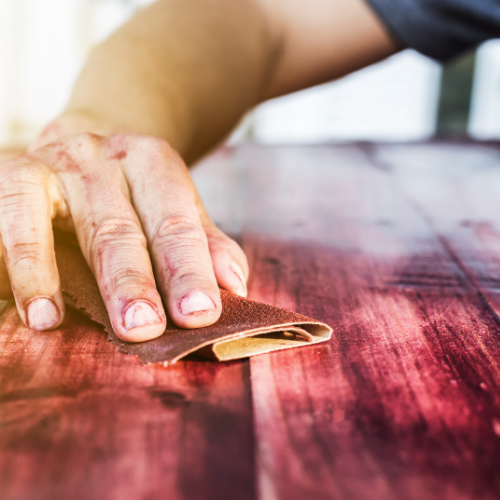
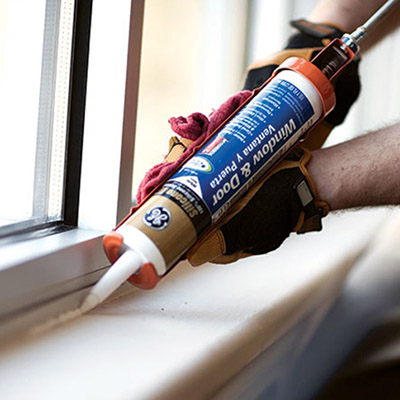
Primer Application
No matter what type of surface you’re painting, it has to be clean, free of loose or cracked paint, rust scale, oil, grease, dirt, mildew and chemical residue before application of primer.
Primer or undercoat has two main purposes:
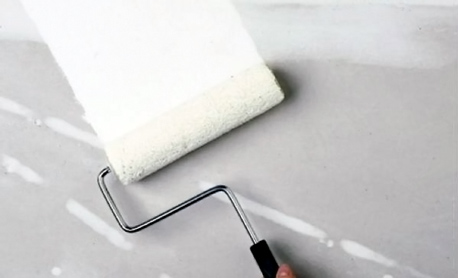
- to seal the substrate so as to prevent the chemistry of the substrate from migrating into and interfering with the chemistry of the finish coat;
- to help bind the finish coat to the surface being painted.
There is a specialty primer for just about every type of surface – wood, masonry, metal, etc. Essentially, the primer serves as a foundation that supports the finish coat. Understanding this should help you understand the importance of primer. The best primer available is going to be your best choice for any paint job.
Exterior Paint Preparation Steps
Before any other work is begun, check for leaks and any moisture getting into the substrate. Repair any roof leaks, gutters, windows and leaky plumbing. Damp basements and other excessively humid interior rooms are other common sources of moisture in the substrate. Use vents and dehumidifiers as necessary. Unless the source of moisture in the substrate is found and eliminated, the quality of your paint job will be compromised.
- All exterior surfaces will need to be washed to remove mildew, dirt and excessive chalking. Consider using a power washer if there are more than 500 square feet of surface to wash. Mildew has a blotchy and powdery appearance. It is a living organism that’s common in damp areas which get little sunlight. Any surface that has mildew must be completely sterilized before painting. Wash the mildewed surface with a mixture of one quart of household bleach in a gallon of water. Chalking is loosely-bound powder that forms on the surface of paint. Chalking happens when paint binder is destroyed by sun and moisture. Scrape, sand and wash off all chalking before primer application.

- On stucco, thoroughly scrape off loose paint, repair all cracks and holes. Fill gaps around windows, door casings, or where two materials meet such as at the foundation line or where wood meets masonry. Use caulk or elastomer-based patch to fill these cracks. (Elastomer is a polymer with the property of high elasticity. The term derives from elastic polymer.) Cracks of 1/16″ wide or larger should be chiseled out a fraction of an inch on both sides so as to form a ‘V’. This increases the contact area for the patching material that you will be using. If you use a non-textured stucco patching material, texturize the patched area to make it approximate the existing stucco. You can use a coarse fiber brush, like a scrub brush, for this purpose. Rub the brush over the partially set patch in a circular motion until the repair looks like the rest of the wall. If you are using elastomer-based patch, take an old brush, dip it in water and feather out the edges of the patch.Remove any efflorescence (calcium deposits) with a stiff-bristled brush. Then neutralize the salt with a 5% solution of muriatic acid. Rinse thoroughly with clear water.Use good exterior primer or surface conditioner for previously painted stucco. Because of the chemical reaction that occurs in the newly applied stucco, the new stucco must be allowed to properly cure and then primed with alkali resistant primer.
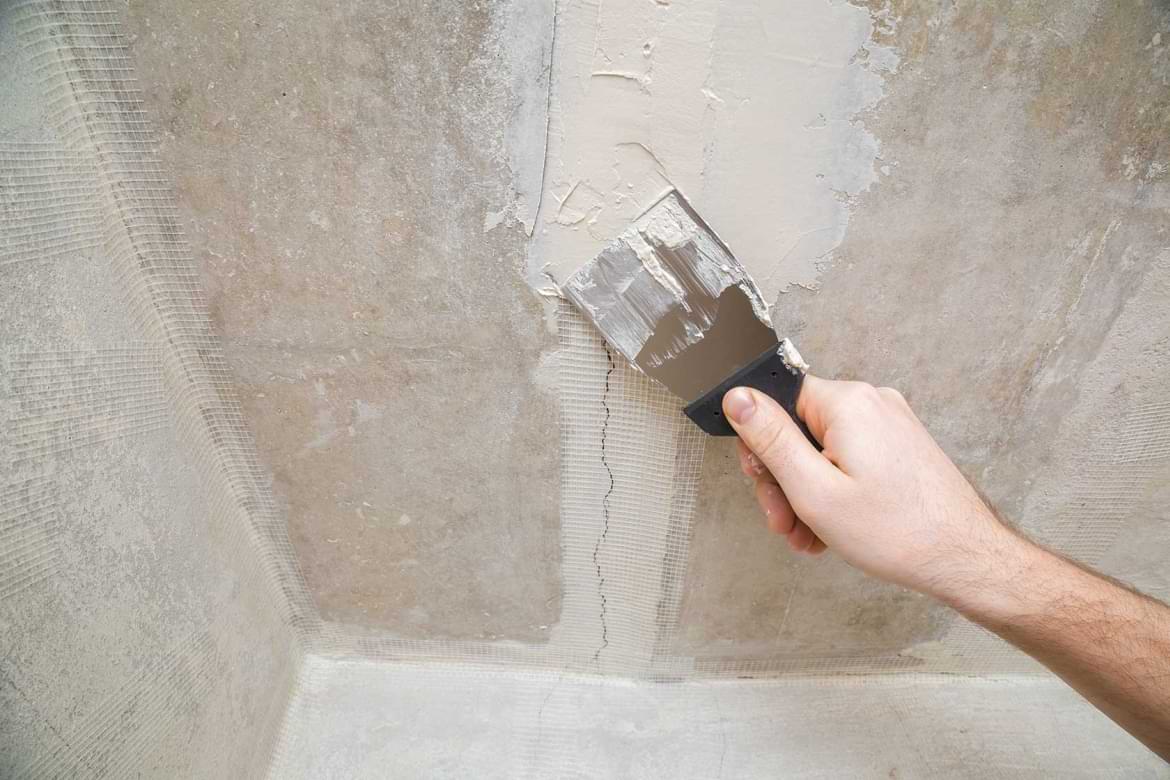
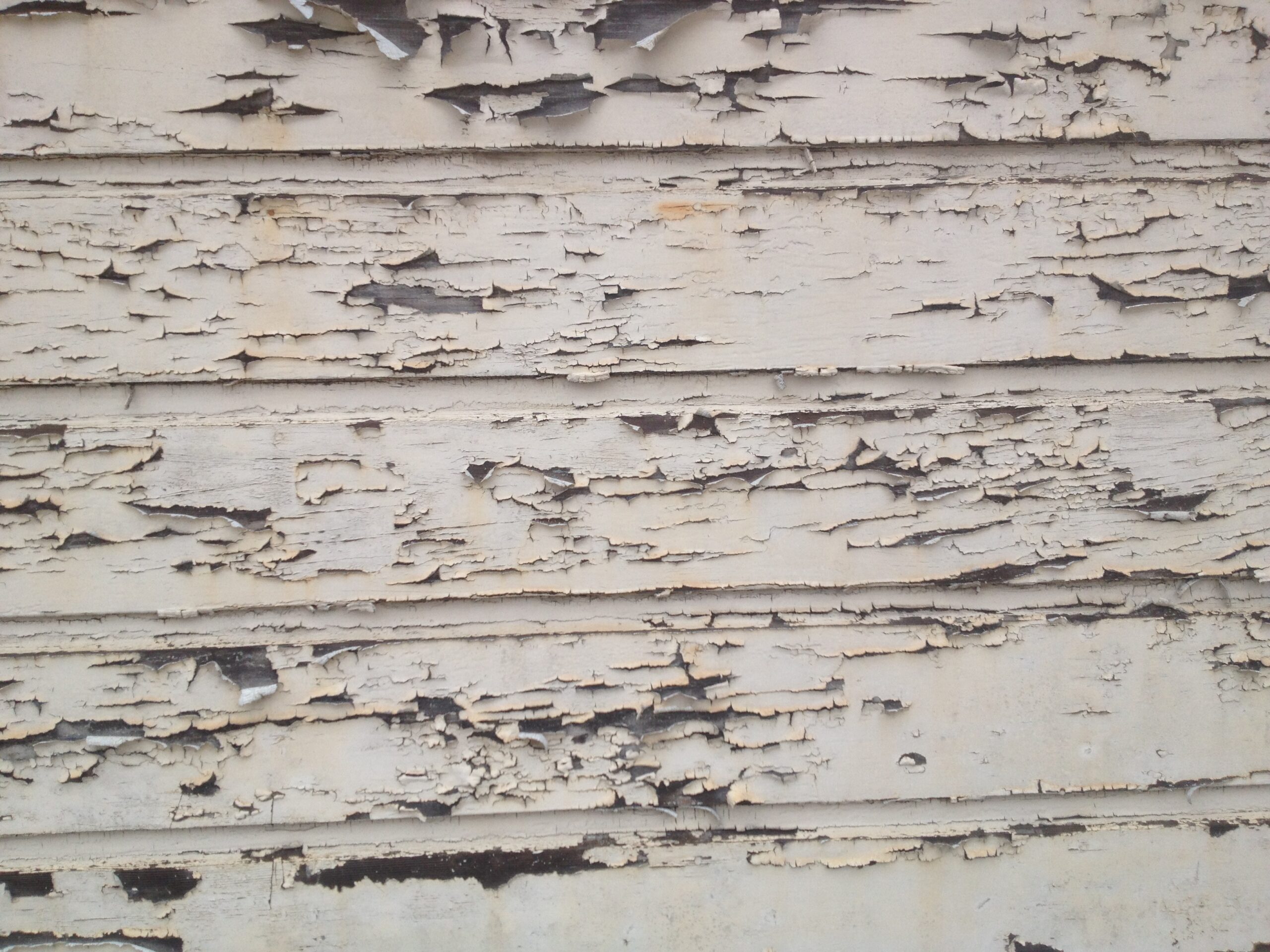
- On wood surfaces, thoroughly scrape off all of the loose and cracking paint. Sand it to remove any remaining loose paint and create a smoother surface. Consider stripping if more then 25% of the coating is cracked or peeling. In stripping, chemicals or heat is used to completely remove all of the existing coatings down to the substrate. When multiple coatings are present, stripping may be the best way to prepare the surface. However, because of the laborious nature of the stripping process, costs vs. benefits will need to be evaluated. Inject caulking compound into any cracks around windows, doors and all open vertical seams. Use good quality exterior wood primer. Note: Do not caulk the horizontal seams between siding planks. Because siding planks overlap each other, this opening almost never is a source of a leak. On the contrary, caulking of these joints can cause moisture to be trapped in the substrate. Important Note: Never use an inflexible patching material, such as spackling, in a shallow depression of an exterior surface. This is because exterior surfaces (and wood, in particular) undergo a greater degree of contraction and expansion due to humidity and heat fluctuation in a substrate. Spackle dries hard and will become brittle. It will crack and cause premature paint failure. If you must use patching to smooth out shallow imperfections (like paint ridges), use elastomer based products that will move with the substrate as it expands and contracts.
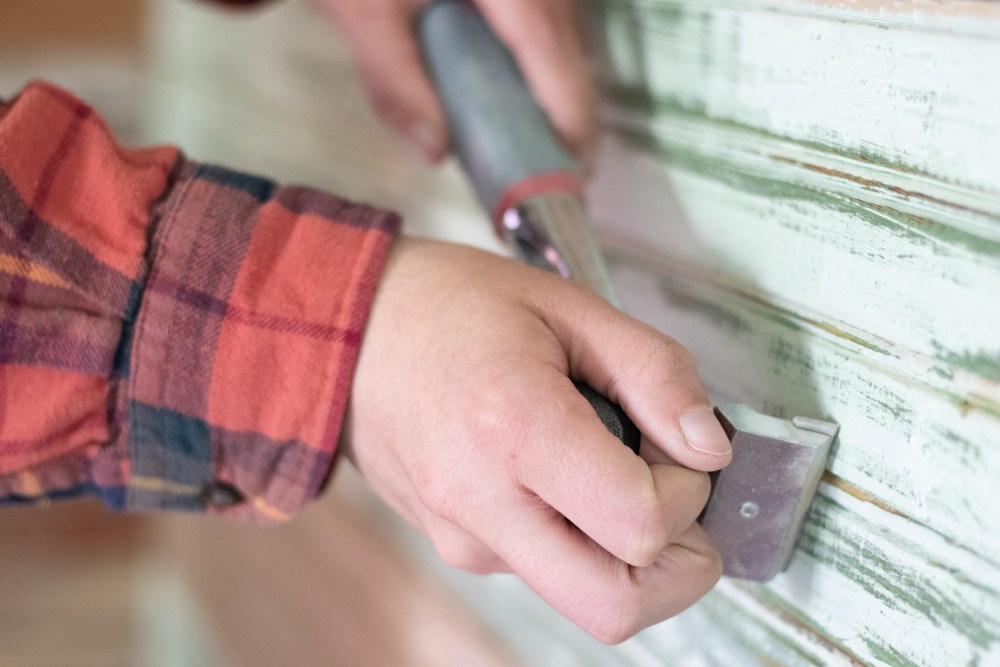
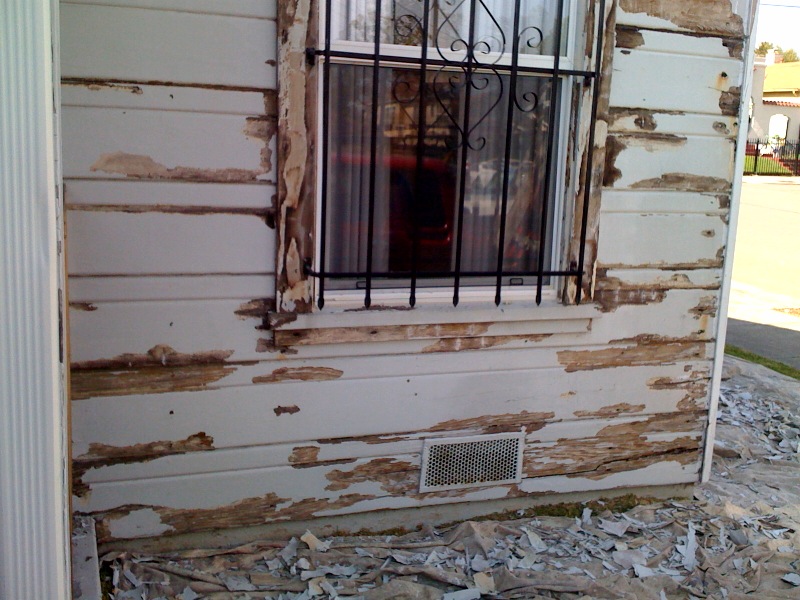
- Galvanized metal comes from the factory with a residue of the manufacturing process that prevents good paint adhesion. It is best to let galvanized metal surfaces weather for about six months. Weathering tends to neutralize the surface, making it more ready to accept paint. If you have to paint galvanized metal right away, etch the surface with a mild acid such as vinegar. Rinse the surface thoroughly and then apply a coat of galvanized metal primer.
- When you’re painting iron or steel, the most important thing is good contact between the surface and the coating. These metals rust when air and moisture get under the protective coating. Rust is like cancer. Once it is in the metal, it is virtually impossible to get rid of. That’s why surface preparation is so important. Use a good rust inhibitive primer.
- Rusting metal must be sanded to remove loose rust scale, then cleaned and primed with rust inhibitive primer. Punch in rusting nails to set them slightly below the surface. Spot prime the nail heads with rust inhibitive primer and fill the nail holes with epoxy filler.
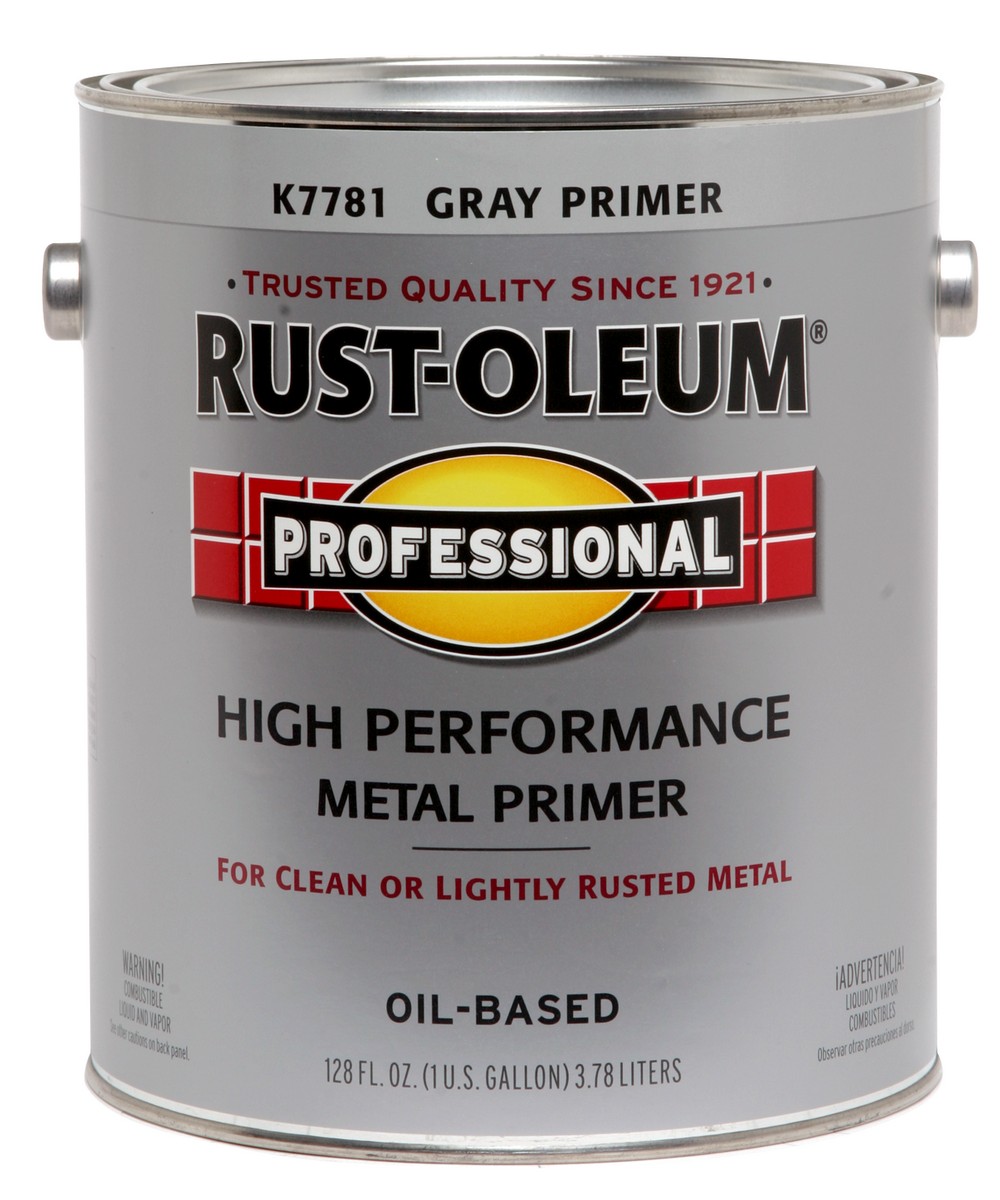
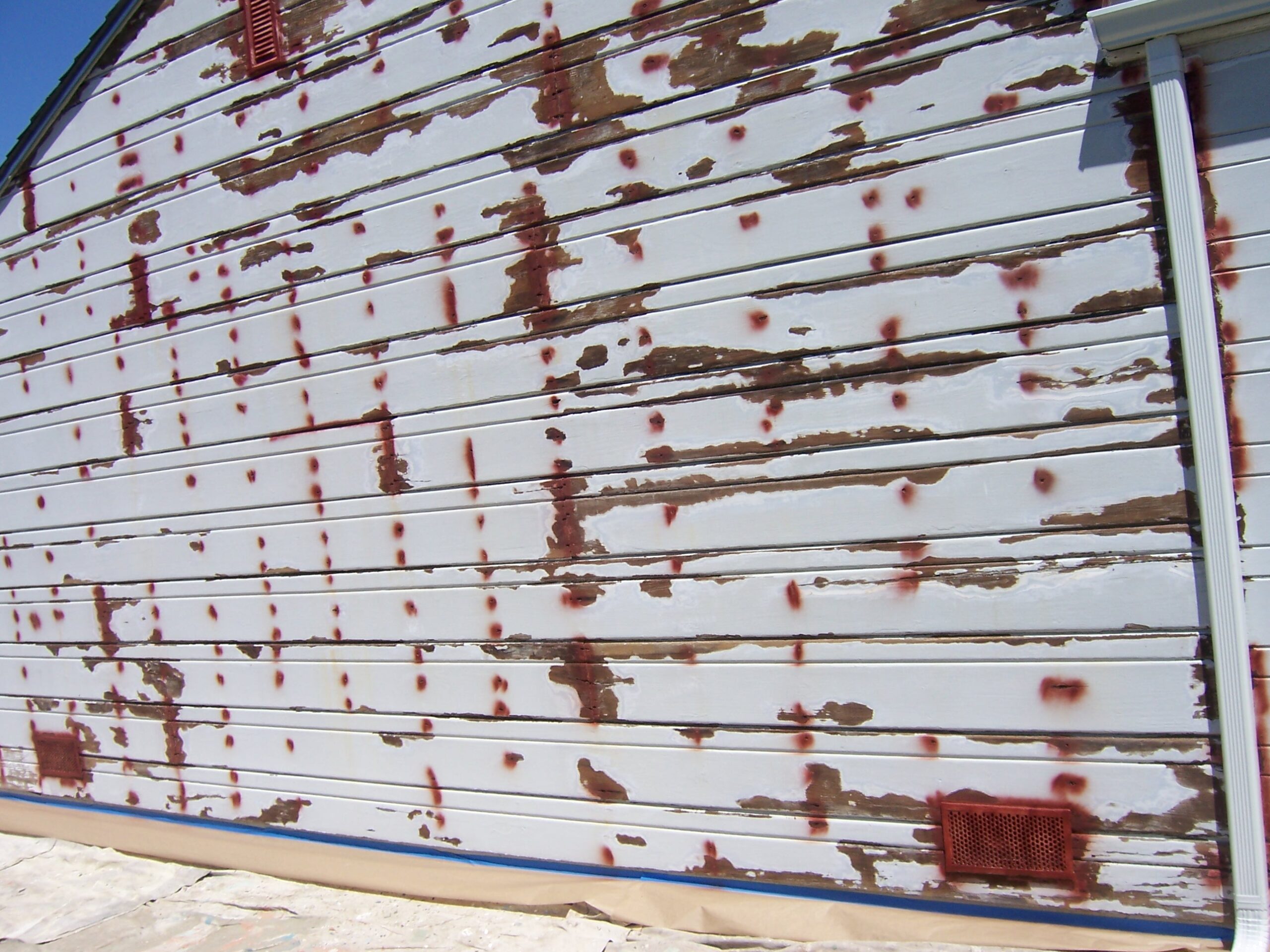
In my past 25+ years as a painting contractor, I have been called on to help with many prematurely failing paint jobs. Some of these jobs were done by amateurs and some by “professionals,” but all of them had one thing in common – one or more skipped or improperly done surface preparation steps.
As mentioned before, good surface preparation is essential for a lasting paint job. The most expensive paint, the best painting technique and the finest brush will not compensate for even a single needed but skipped preparation step. Skimp on surface preparation and you will cut years off the useful life of your paint job.
(Also read Young Couple’s Paint Job Story.)
Yefim Skomorovsky
Painting Contractor in San Francisco Bay Area




